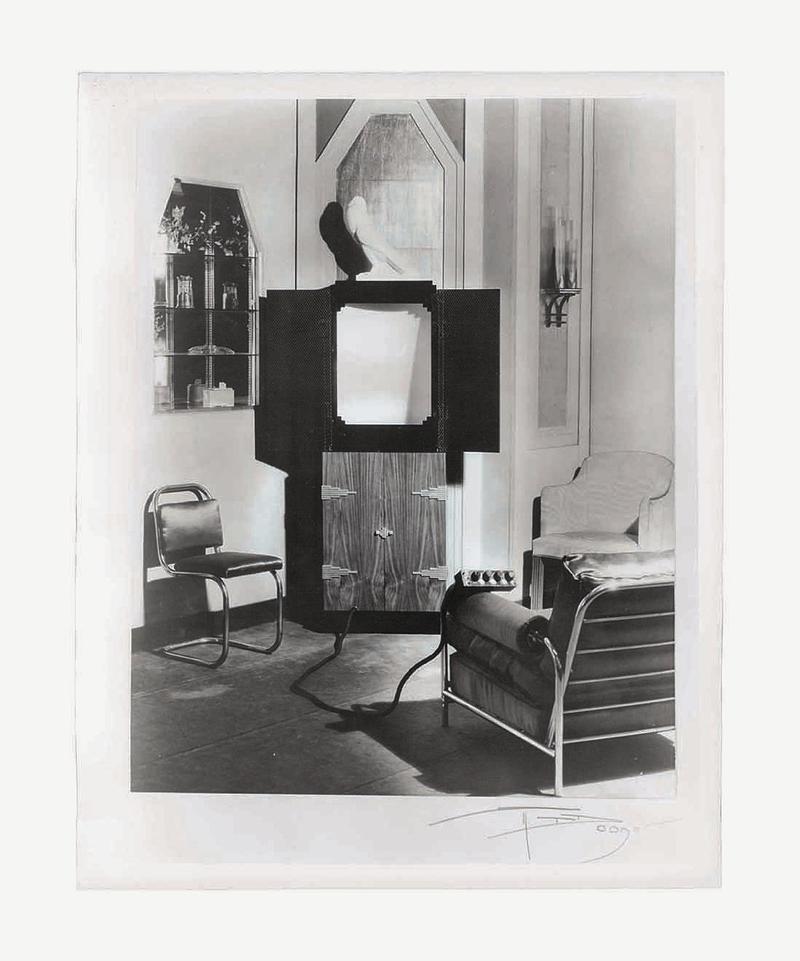A Plastic Archaeology of The Televisual and Digital Image
This article offers a technical, cultural and visual genealogy of the development of screens and electronic imagery in the 20th century. While media studies have mainly focused on the technical advances of television and radar to understand these phenomena, the aim here is to draw attention to a series of North American artistic experiments dating from the interwar period. These important contributions to the investigation of the potential of electronic imagery were the fruit of a dialogue and collaboration between engineering laboratories in leading telecommunications companies and pioneering media artists. In particular, the article looks at this subject from the perspective of Thomas Wilfred’s artistic interventions using ‘Mobile Color’ and through the technical criterion of the luminous intensity of images.

D. D. Dooger, version standard du Clavilux Junior de Thomas Wilfred, circa 1930-1940, tirage argentique. New Haven, Yale University Library, Donna Stein Papers on Thomas Wilfred. © Donna Stein, Culver City
Pierre J. Pernuit is a postdoctoral researcher at Ca’ Foscari University in Venice on the FilmBaseMatters project, and a research associate at the Centre de recherche Histoire culturelle et sociale de l’art at the University of Paris 1 Panthéon-Sorbonne. He was awarded his doctorate by the same university. He has published in English and French on different aspects of art and media in the United States. His dissertation will be published by Mimésis in 2024.
Keywords: screen, television, digital, media archaeology, light, Mobile Color
Citation: Pierre J. Pernuit, « Luminances comparées. Une archéologie plastique de l’image télévisuelle et digitale », Transbordeur. Photographie histoire société, no. 8, 2024, pp. 154-167.